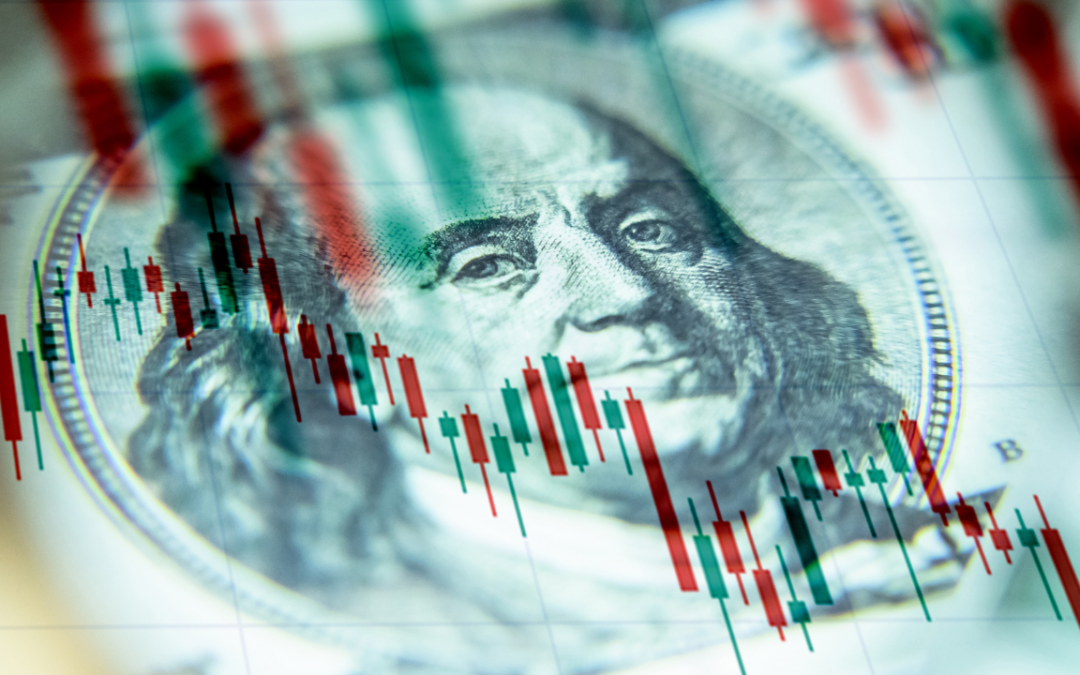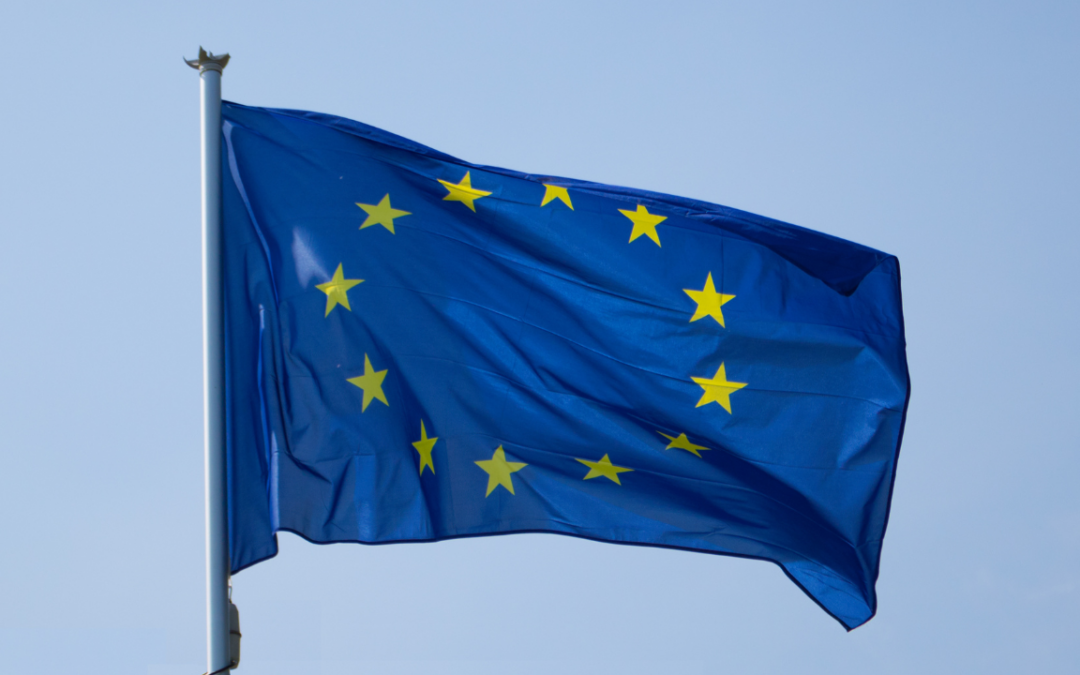James Carville, advisor to President Clinton, famously once said “if there is reincarnation, I want to come back as the bond market”. His comment captured the spirit of the 1980s and 1990s, when economic policy success was gauged by movements in bond yields—the lower the better.
Fast forward to the present. The first week of 2021 was an important one for the US government bond market, the largest and most liquid benchmark in the world. In recent days, the US 10-year yield broke through 1% for the first time since March.
Bond yields had already been edging up. Recent business surveys showed a surprisingly strong expansion in manufacturing in the US and globally. Inflation expectations have also been rising, partly due to a falling US dollar and partly reflecting rising raw material and transportation costs. OPEC is supporting oil prices above $50 per barrel while copper prices have risen to their highest since 2013.
Politics, however, were decisive in pushing US yields through 1%. The bond market’s verdict is that the Georgia Senate runoff results were more important for the economy than the horrific scenes of protestors storming and desecrating the US Capitol.
The Georgia elections tipped control of the US Senate to the Democrats. The 50-50 split gives Vice-President-elect Kamala Harris the tie-breaking vote in locked Senate outcomes. Accordingly, President-elect Biden faces a rather easier path in such areas as judicial and cabinet confirmations, as well as greater odds of enacting much of his legislative agenda.
The impact on bond markets was clear. Investors must now re-consider the possibility of even larger bond issuance in coming months. $2000 checks to American households and large-scale Federal transfers to state and local governments are back on the table. Inflation expectations reacted accordingly.
How will equities respond? The longer-term implications are less clear. Greater fiscal stimulus boosts growth, at least in the near term, a cheerful prospect for equity investors. Some rotation has already started, from recent winners into value stocks. However, greater Democratic power in Washington could introduce the spectre of business unfriendly regulation, even if not all Democrats agree on contentious aspects of the Green New Deal or other progressive agendas. As ever, the details of any legislation will be critical, both for its passage and its impact on business activity and company fundamentals.
Much higher bond yields could erode the valuations of expensively priced shares, particularly where the prospect of increased corporate taxes looms as the Biden Administration looks for sources of revenues to pay for social legislation. Democrats may also move more aggressively to rein in large companies, especially in the information technology sector, via tougher anti-trust rules. It is already possible to foresee a flight to safety away from expensive equities. High profile commentators such as Jeremy Grantham are arguing investors should take profits.
How far might US bond yields rise? After 1% was breached, the next target is 1.25%. As ever, much depends on the strength of the US and global recovery, which in turn significantly depends on the efficacy of vaccination programmes. Bond yields also depend on Federal Reserve asset purchases, and whether the central bank will formally adopt yield curve targets. The Fed will be mindful that rising bond yields and market volatility could choke off the recovery before it becomes sustained.
For now, Fed officials appear to be hedging their bets. Chicago Fed President Charles Evans indicated “If the recovery was slower, I think we’d still be having interest rates at the zero-lower bound, but I think we’d also be following it up with more asset purchases”. Other Fed speakers recently talked about Fed policy being “well calibrated”. Cleveland Federal Reserve President Loretta Mester has stated that the central bank could continue its asset purchases through all of 2021, even if the economy improves in the second half of the year.
Overseas investors will also have a role to play, both via their bond purchases and whether they buy or sell the dollar. Foreign investors will watch closely for signs of political division or renewed bipartisanship after recent events in Washington, assessing the resulting implications for fiscal policy, growth and asset returns. Foreign capital flows matter more, given that US budget deficits in excess of 10% of GDP will demand significant sources of foreign financing.
To end with a famous quote usually attributed to Keynes, “when the facts change, sir, I change my mind”. Central bankers have shown in recent years how flexible they can be, as have the voters in Georgia who had resolutely voted Republican – until November 3rd and January 6th. Now it is the bond market that appears to be changing its mind.
In the 1990s the bond market ruled the roost. Policymakers courted its favour. But for the past two decades, bond vigilantes have been cowed by central banks and their massive balance sheets. Perhaps the recent uptick in bond yields is nothing more than noise. But bonds bear watching. If yields have truly bottomed and are headed higher, the implications could be far-reaching for markets, economies and politics.



